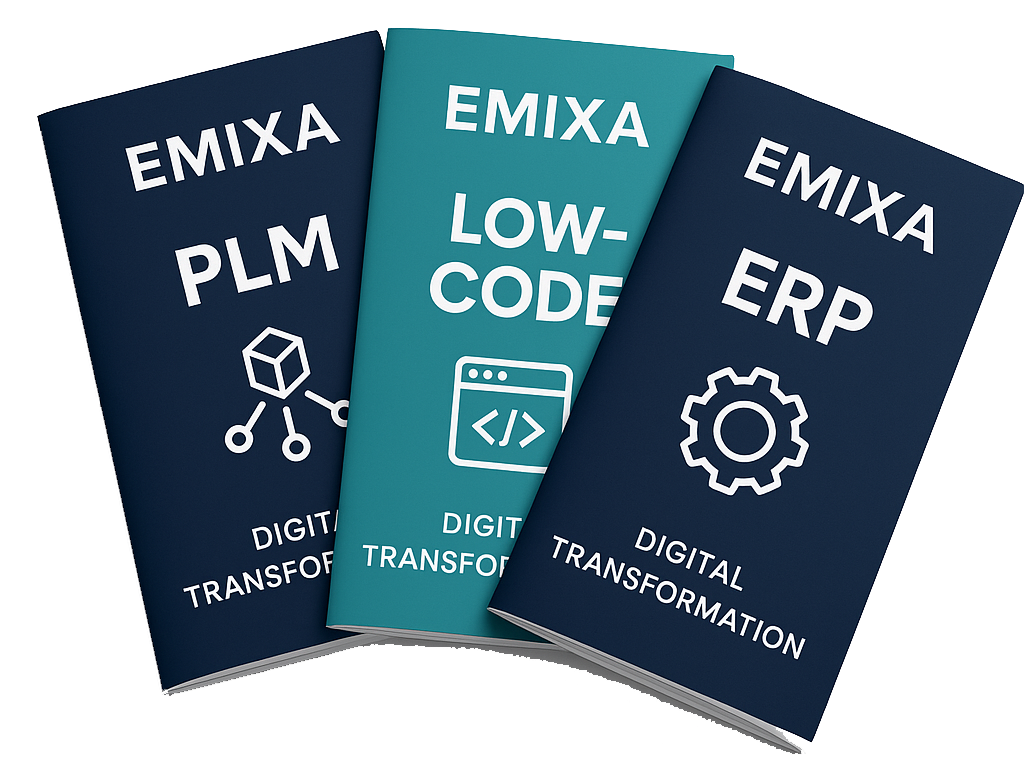
- ERP Software
How to get the Most Return from Robotic Process Automation (RPA)

After implementing the key business processes in an ERP system, the logical next step is to further optimize these processes. Organizations look to Robotic Process Automation (RPA) as a solution to automate common processes. This reduces employees' repetitive tasks, allowing them to focus on important tasks that add value to the organization.
But did you know that nearly a third of these RPA initiatives fail to deliver the desired return on investment? The reason for this is that organizations attempt to automate processes that are not mature enough for automation yet. This not only leads to frustration but also brings risks. Moreover, automating processes with unpredictable output actually causes more and harder-to-detect errors. In this blog, you will learn how Process Mining can prevent the failure of RPA initiatives.
Prevent common errors in RPA initiatives with Process Mining.
Research by Forrester shows that 29% of RPA initiatives fail to yield returns. The reason is that the processes being automated still contain too many variations. This makes it difficult to establish good rules for the automatic handling of such processes. As a result, automation does not deliver the desired results and frustrates the organization. Errors occur at a much higher pace, making it difficult to understand exactly what the software robot has done in the process.
Process Mining prevents the emergence of such situations by analyzing the processes to be automated beforehand.
Process Mining maps out processes
Process Mining (PM) provides insight into how information flows through the organization. It analyzes operational data in business software and visualizes processes based on this data. This enables organizations to assess whether processes are predictable enough to be automated. PM also demonstrates how processes that are not sufficiently predictable can be matured through optimization and standardization for RPA deployment.
Process Mining and Robotic Process Automation reinforce each other
By conducting an analysis with PM beforehand, you increase the likelihood of success for an RPA project. PM maps out and shows what is needed to mature the processes. Equally important, PM is capable of measuring the results after the completion of an RPA project. Additionally, it can be used to continuously monitor whether bots are still functioning properly. This way, you can measure the return on automation afterward, making the combination of PM and RPA very powerful.
Opportunities for further organizational growth
Investing in the combination of PM and RPA gives organizations the opportunity to further grow. With the help of Process Mining, you can determine where your organization can make gains. Subsequently, Robotic Process Automation provides everything needed to make that automation leap. PM can then monitor the outcome and identify new opportunities. Outcome and costs are easily estimated, allowing for safer and more effective operations.
Get in touch
Ready to make a business change? At Emixa, we'd be glad to share our comprehensive insights. Contact us to discover how our approach can help your organization thrive in the cloud era. Let's embark a journey towards enhanced efficiency and effectiveness together! 
Patrick Beks
As Director Technology and innovation Patrick plays a crucial role in driving technological innovation, fostering a culture of continuous improvement, and maintaining Emixa's competitive edge in the market.
Author: Patrick Beks
Published date: August 26, 2025

Explore our Technology. Access our downloads center.
Access NowStart your Digital Transformation with Emixa

We help businesses transform their digital future with cutting-edge technology and strategic products & services


